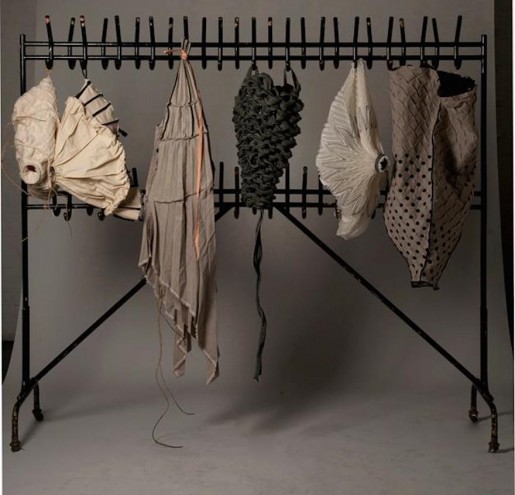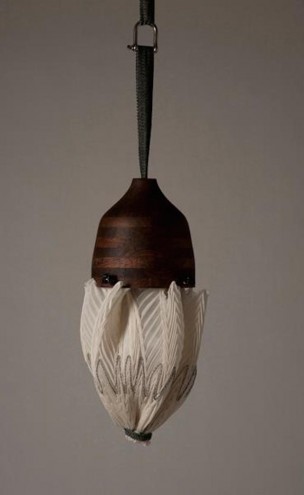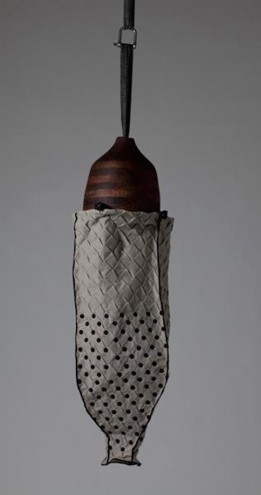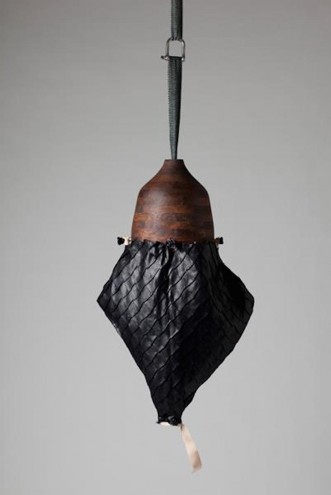What would an urban beehive look like from a bee's perspective? Bees Beside Us, started by Amy Pliszka during her master's at Central Saint Martins in 2011, is a project designed to promote the welfare of the urban honeybee by creating beehives that mimic the structure and materials used in the wild by their inhabitants.
Bees play an incredibly important role in agriculture, pollinating an astonishing number of plants used in the food, pharmaceutical and textile industries. Encouraging bees to settle in the urban environment is important for the future of the honeybee, whose global population has been on a worrying decline.
Pliszka researched beekeeping and bee biology to ensure the hives are user friendly (“allowing for all the bees' idiosyncrasies”). The Bees Beside Us hives are made of two parts to accommodate their tenants: a strong roof to support the weight of the honeycomb and honey, and a textile section where the bees can easily regulate the temperature. Pliszka uses wood for the roof to mirror how bees build nests in the hollows of trees or in dead branches, and pleated material to create a naturally expandable space. The experience for the bees is as close as possible to a wild hive, while also allowing for their wellbeing to be monitored. The materials are all natural, biodegradable and weatherproof.
“What I hope to put forward is a new attitude to keeping bees where we appreciate them,” says Pliszka, “and to create something inspirational for them.”










